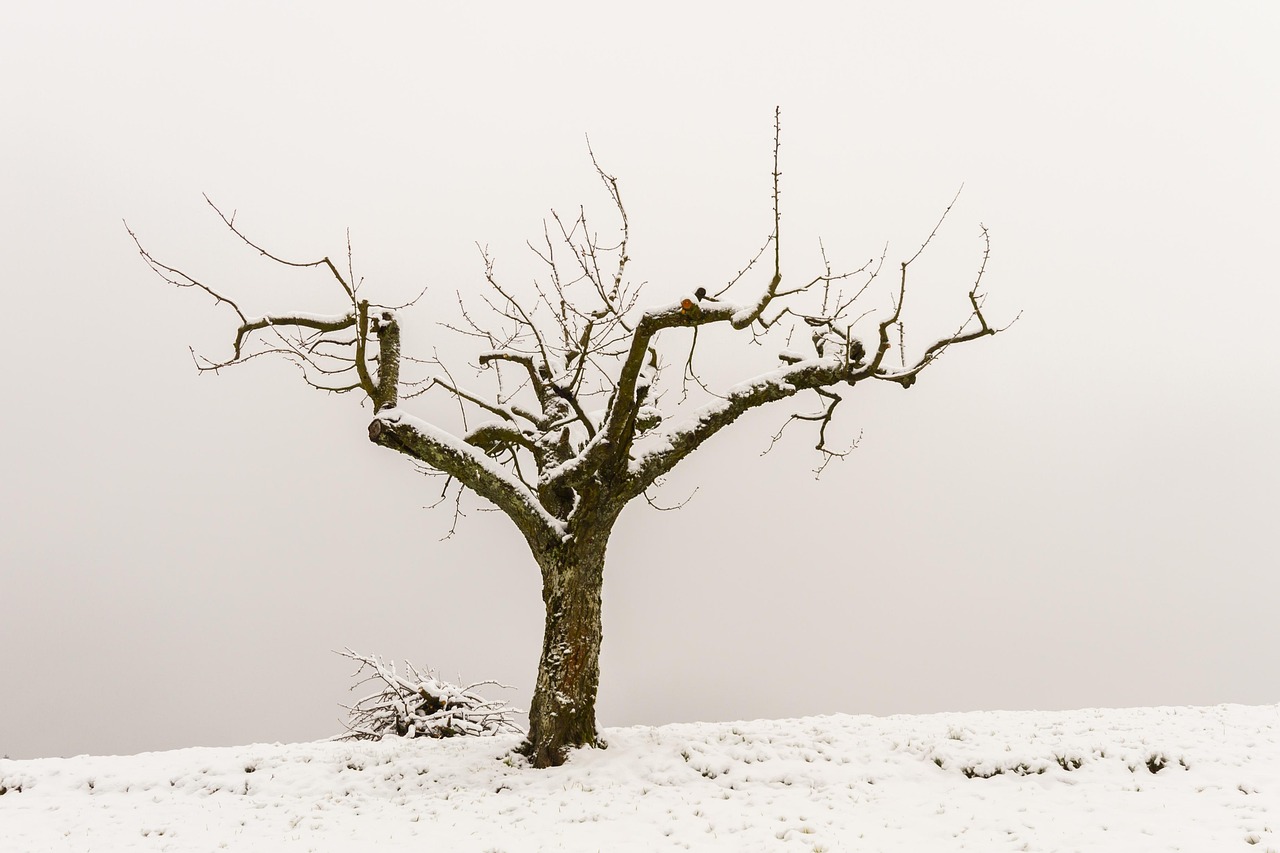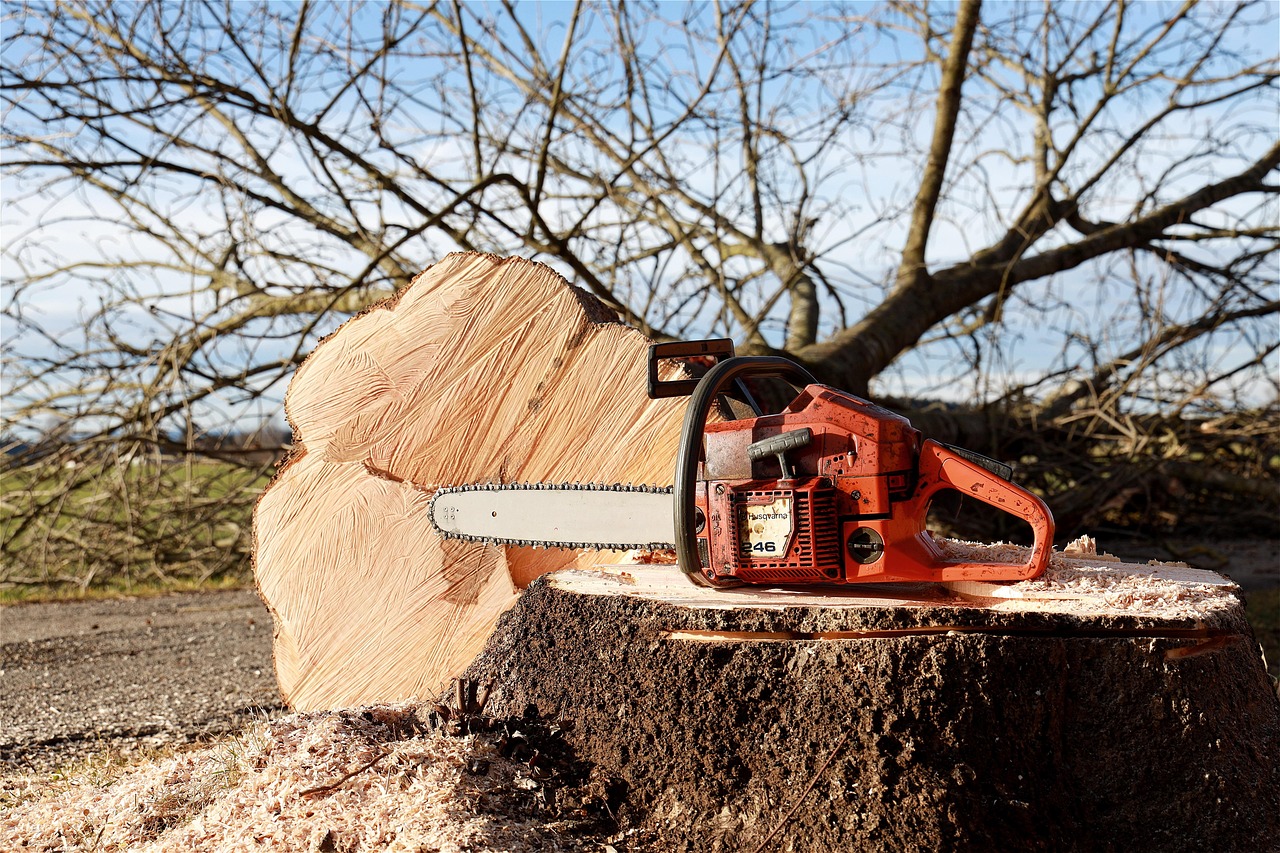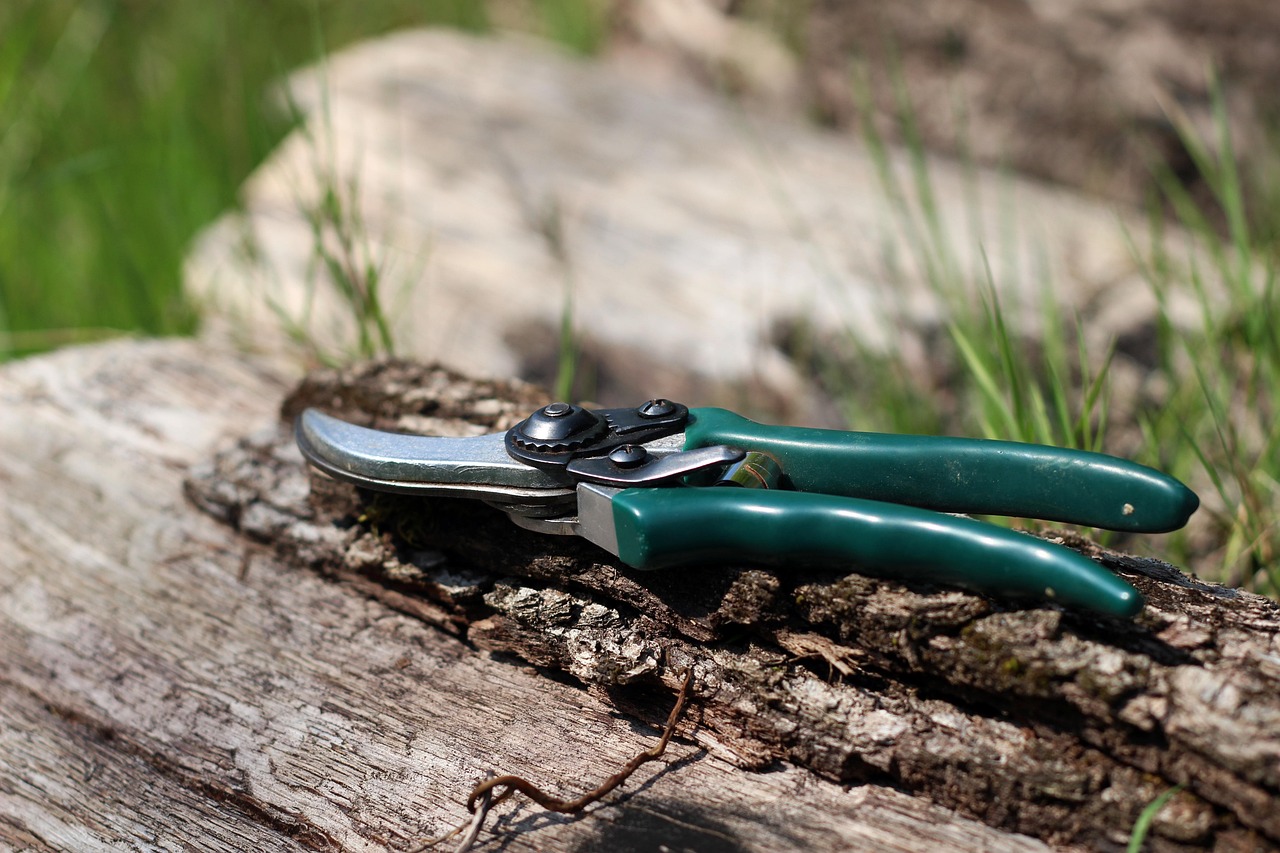Pruning a Money Tree is essential for maintaining its shape, health, and growth. Indoor gardeners should prune during the growing season, typically spring or summer, to encourage new growth and remove any dead or damaged leaves.
Understanding the Money Tree
The Money Tree, or Pachira aquatica, is a popular houseplant known for its beautiful braided trunk and lush green leaves. It is believed to bring good luck and prosperity to its owners. Native to Central and South America, this plant thrives in warm, humid environments. Gardeners appreciate the Money Tree not only for its aesthetic appeal but also for its easy care requirements.

Being an adaptable plant, the Money Tree can flourish indoors with proper lighting and watering. However, like all plants, it requires periodic maintenance to ensure its continued health and beauty. Pruning is one of the most important tasks that indoor gardeners must perform. It helps to promote a bushier growth pattern and prevents the plant from becoming too leggy or unbalanced.
When to Prune Your Money Tree
Timing is crucial when it comes to pruning your Money Tree. The best time to prune is during the growing season, which typically spans from early spring to late summer. Pruning at this time allows the plant to recover quickly and encourages new growth.
Here are some signs that indicate it is time to prune your Money Tree:

- Dead or yellowing leaves
- Leggy growth or uneven appearance
- Overcrowding of branches
- Desire for a more compact shape
Tools Required for Pruning
Before starting the pruning process, it’s essential to gather the right tools. Using clean and sharp tools will help prevent damage and reduce the risk of disease. Below is a list of recommended tools for pruning a Money Tree:
- Sharp Pruning Shears: Used for cutting branches cleanly.
- Disinfectant: To clean tools before and after use.
- Gloves: To protect your hands while handling the plant.
- Clean Cloth: For wiping down tools.
Steps to Prune Your Money Tree
Now that you have your tools ready, follow these steps to prune your Money Tree effectively:
- Inspect the Plant: Look for any dead or damaged leaves and branches that need attention.
- Disinfect Tools: Clean your pruning shears with disinfectant to avoid spreading diseases.
- Remove Unwanted Growth: Start by cutting off any dead or yellowing leaves at their base. Also, remove branches that are crossing each other or growing inwards.
- Shape the Plant: Trim back longer branches to encourage bushier growth. Aim for a balanced shape by cutting back more on one side if necessary.
- Clean Up: Dispose of the cuttings properly to prevent pests and diseases from spreading.
Aftercare Post-Pruning
After pruning your Money Tree, it is essential to provide proper care to support recovery and new growth. Here are some tips for aftercare:

- Watering: Ensure the plant gets enough water but avoid overwatering. Allow the soil to dry out slightly between waterings.
- Lighting: Place your Money Tree in a spot with bright, indirect sunlight. This will help promote healthy regrowth.
- Fertilization: Consider applying a balanced fertilizer during the growing season to provide nutrients for recovery.
- Humidity Levels: Maintain humidity around your plant by misting it occasionally or using a humidifier.
Pest and Disease Management
Pruning can sometimes expose your Money Tree to pests and diseases. It’s important to monitor your plant closely after pruning for any signs of trouble. Here are common issues to watch for:
| Pest/Disease | Signs | Treatment |
|---|---|---|
| Aphids | Sticky residue on leaves, distorted growth | Insecticidal soap or neem oil |
| Mealybugs | Cotton-like spots on stems and leaves | Manual removal or alcohol swabbing |
| Root rot | Soggy soil, yellowing leaves | Improve drainage; reduce watering |
| Leaf spot | Browning spots on leaves | Remove affected leaves; improve air circulation |
By following these guidelines, indoor gardeners can successfully prune their Money Trees and contribute to their overall health. Regular maintenance will not only enhance the plant’s appearance but can also lead to vigorous growth and longevity in your indoor garden.
Common Mistakes in Pruning Money Trees
Pruning can seem straightforward, but indoor gardeners often make common mistakes that can harm their Money Trees. Understanding these pitfalls can help you achieve better results. Here are some frequent errors to avoid:

- Pruning at the Wrong Time: Cutting back your Money Tree during its dormant season may hinder growth and recovery.
- Over-Pruning: Removing too many leaves or branches can stress the plant. Always prune moderately.
- Using Dull Tools: Dull tools can crush stems instead of making clean cuts, leading to possible infections.
- Neglecting to Disinfect Tools: Failing to disinfect pruning tools can spread diseases from one plant to another.
- Ignoring Plant Shape: Pruning without considering the overall shape can result in an uneven appearance.
Understanding the Growth Habit of Money Trees
The growth habit of a Money Tree is essential for effective pruning. Generally, these plants tend to grow tall and leggy if not adequately pruned. Understanding how they grow helps in making informed decisions during pruning.
Money Trees typically have a central trunk with multiple branches that emerge from the top. The leaves are typically palmate, meaning they have multiple leaflets radiating from a single point. This growth pattern allows for a bushy appearance when properly maintained.
Indoor gardeners should also note that Money Trees can grow quite tall. If left unpruned, they may reach heights of up to six feet or more. Regular pruning can help manage this height, making it easier to fit into your indoor space.
Techniques for Pruning Money Trees
There are several techniques that indoor gardeners can use when pruning their Money Trees. Each method has its purpose and benefits:
- Pinching: This technique involves using your fingers to remove the tips of new growth. It encourages bushier growth and prevents the plant from becoming too tall.
- Thinning: This method focuses on removing entire branches or stems to improve air circulation and light exposure within the plant. Thinning is especially useful for overcrowded areas.
- Cutting Back: For shaping the plant, cut back longer branches to encourage fullness and a balanced appearance. Always cut just above a leaf node to promote new growth.
- Deadheading: Although Money Trees do not produce flowers in typical indoor conditions, removing any faded or dead leaves is crucial for maintaining health and aesthetics.
Seasonal Care Following Pruning
After pruning, it is vital to continue caring for your Money Tree through seasonal changes. Each season brings different needs for your plant:
Spring Care
Spring is the ideal time for growth. After pruning, increase watering as the plant begins to wake up from dormancy. Fertilizing with a balanced houseplant fertilizer will provide essential nutrients for new growth.
Summer Care
During the summer, ensure your Money Tree receives adequate light. Monitor humidity levels, as hot weather can dry out indoor air. Consider misting the leaves or placing a small humidifier nearby.
Fall Care
In fall, reduce watering slightly as the plant prepares for dormancy. Continue monitoring the light exposure, as days become shorter. Avoid frequent moving of the plant to prevent stress.
Winter Care
Winter requires the least amount of care. Reduce watering significantly and keep the plant in a stable environment away from cold drafts. Ensure it still receives indirect sunlight, as light levels drop during this season.
Propagation Techniques for Money Trees
If you’re interested in expanding your collection of Money Trees, propagation is an exciting option that can be done during pruning sessions. Here are two common methods for propagating Money Trees:
Stem Cuttings
Taking stem cuttings is a popular method for propagation:
- Select a healthy branch, ideally one with several leaves.
- Make a clean cut just below a node using sharp shears.
- Remove lower leaves to expose a few inches of stem.
- Place the cutting in water or well-draining soil.
- If using water, change it regularly until roots develop.
- Once roots form, transplant into soil for continued growth.
Seed Propagation
If you have access to seeds from a mature Money Tree, you can also propagate using seeds:
- Sow seeds in well-draining potting mix.
- Keep the soil moist but not soggy.
- Place the pot in a warm location with indirect sunlight.
- Germination may take several weeks; be patient and keep monitoring moisture levels.
Propagation not only allows you to grow more plants but also helps in maintaining the health of your existing Money Tree by encouraging regular pruning and care practices.
Common Issues Faced by Indoor Gardeners
While caring for a Money Tree, indoor gardeners may encounter various challenges. Understanding these issues and how to address them can lead to healthier plants and more successful pruning practices. Below are some common problems and their solutions:
Leaf Discoloration
Leaf discoloration is one of the most noticeable issues. Leaves may turn yellow, brown, or develop spots. Here are potential causes:
- Overwatering: This is the most common reason for yellowing leaves. Ensure the pot has drainage holes and allow the soil to dry between waterings.
- Underwatering: Conversely, lack of water can cause leaves to brown and become crispy. Adjust your watering schedule accordingly.
- Pests: Infestations like aphids or spider mites can lead to leaf damage. Regularly inspect the undersides of leaves for signs of pests.
- Nutrient Deficiency: A lack of essential nutrients can cause yellowing. Use a balanced fertilizer during the growing season to ensure proper nutrition.
Stunted Growth
If your Money Tree is not growing as expected, consider these factors:
- Insufficient Light: Money Trees prefer bright, indirect light. If your plant is not getting enough light, consider relocating it to a sunnier spot.
- Pot Bound: A plant that has outgrown its pot may have stunted growth. Check the roots; if they are circling the pot, it may be time to repot.
- Inadequate Nutrients: Regular fertilization can help promote growth. Without it, the plant may not thrive.
Repotting Your Money Tree
Repotting is an important aspect of Money Tree care. As the plant grows, it will need more space for its roots. Here are some signs that indicate it may be time to repot:
- The plant is becoming top-heavy and tips over easily.
- You see roots emerging from drainage holes.
- The soil dries out too quickly after watering.
Steps for Repotting
Follow these steps to properly repot your Money Tree:
- Select a New Pot: Choose a pot that is one size larger than the current one. Ensure it has drainage holes.
- Prepare Fresh Soil: Use a well-draining potting mix, ideally one formulated for houseplants.
- Remove the Plant: Gently remove your Money Tree from its current pot. Be cautious not to damage the roots.
- Inspect Roots: Check for any signs of rot or disease, and trim any unhealthy roots.
- Replant: Place the Money Tree in the new pot and fill it with fresh soil, making sure it sits at the same depth as before.
- Water Thoroughly: After repotting, give your plant a good drink of water to help settle the soil.
Seasonal Considerations for Money Trees
Caring for a Money Tree requires adapting your methods according to seasonal changes. Each season brings unique challenges and opportunities for growth.
Spring and Summer Care
During the growing season, your Money Tree will thrive with increased light and warmth. Here are some tips for optimal care:
- Increase Watering: As temperatures rise, so does the plant’s need for moisture. Check the soil regularly and water when the top inch feels dry.
- Fertilize Regularly: Use a balanced liquid fertilizer every four to six weeks to support growth.
- Monitor Humidity: If indoor air becomes dry due to air conditioning or heating, consider misting the leaves or using a pebble tray with water to raise humidity levels.
Fall and Winter Care
The colder months require a different approach to care:
- Reduce Watering: As growth slows down, reduce watering frequency. Allow the soil to dry out more between waterings.
- Avoid Fertilizing: Stop fertilizing during winter as the plant is not actively growing.
- Maintain Consistent Temperature: Keep your Money Tree away from cold drafts or sudden temperature changes, which can stress the plant.
Pest Prevention Strategies
Preventing pests is crucial for maintaining the health of your Money Tree. Here are some effective strategies:
- Regular Inspections: Frequently check your plant for signs of pests, especially on new growth and under leaves.
- Maintain Cleanliness: Keep the area around your plant tidy and remove any fallen leaves or debris that could harbor pests.
- Avoid Overwatering: Excess moisture can attract pests. Ensure proper drainage and water only when necessary.
- Use Neem Oil: A natural pesticide, neem oil can help control pests without harming beneficial insects.
By implementing these pest prevention strategies and addressing common issues, indoor gardeners can enhance their skills in caring for Money Trees. This proactive approach allows for healthier plants and more successful pruning outcomes.
Advanced Pruning Techniques for Money Trees
For experienced indoor gardeners, employing advanced pruning techniques can enhance the health and appearance of your Money Tree. These methods require a deeper understanding of plant growth and may involve more precise practices.
Selective Pruning
Selective pruning involves carefully choosing specific branches or leaves to remove, rather than cutting back large sections. This technique encourages a more natural growth pattern and can help maintain the overall shape of the plant. Here are some steps to effectively practice selective pruning:
- Identify Overgrown Areas: Look for branches that are growing too long or thick. Selectively prune these to encourage new growth.
- Choose Healthy Growth: Focus on areas that show vigorous health. Remove any branches that are weak or diseased.
- Cut at an Angle: Make cuts at a 45-degree angle just above a leaf node. This promotes faster healing and encourages new growth.
Rejuvenation Pruning
If your Money Tree has become overly leggy or sparse, rejuvenation pruning can help restore its vitality. This method involves cutting the plant back significantly to encourage fresh growth.
- Assess the Plant: Evaluate the overall health of the plant. Ensure that it is otherwise healthy enough to withstand a heavy prune.
- Cut Back Branches: Trim back branches by one-third to one-half of their length. Make cuts above a node to promote new growth.
- Provide Care Post-Pruning: After rejuvenation pruning, increase watering and provide bright, indirect light to encourage recovery.
Understanding Growth Patterns and Their Impact on Pruning
Money Trees exhibit unique growth patterns that can influence how you approach pruning. Understanding these patterns can lead to more effective care.
- Branching Habit: Money Trees naturally develop multiple trunks and branches. Regularly prune to maintain an attractive shape and prevent overcrowding.
- Leaf Production: The plant produces new leaves in bursts, particularly during the growing season. Timing your pruning just before these bursts can lead to more vigorous regrowth.
- Height Management: If maintaining a specific height is important, regular pruning will help control vertical growth, allowing for a compact and manageable plant.
Choosing the Right Environment for Your Money Tree
The environment in which your Money Tree resides plays a significant role in its overall health and response to pruning. Here are some considerations for creating an optimal environment:
- Light Conditions: Money Trees thrive in bright, indirect sunlight. Place them near a window but avoid direct exposure to harsh sunlight, which can scorch the leaves.
- Temperature Control: These plants prefer temperatures between 60°F and 75°F. Avoid placing them near drafty windows or heating vents.
- Humidity Levels: Maintaining humidity levels between 40% to 60% is ideal for Money Trees. Consider using a humidifier or pebble trays if humidity is low.
Pest Management Strategies
In addition to prevention, effective pest management is crucial for maintaining a healthy Money Tree. Here are some additional strategies:
- Natural Predators: Introducing beneficial insects, such as ladybugs, can help control aphid populations without chemicals.
- Insecticidal Soap: This can be an effective treatment for many soft-bodied pests. Spray directly onto affected areas as needed.
- Regular Cleaning: Wiping down leaves with a damp cloth not only removes dust but also helps keep pests at bay.
Final Thoughts
Caring for a Money Tree through proper pruning techniques and environmental considerations can lead to a thriving indoor garden. Regular maintenance not only enhances the beauty of your plant but also supports its health and longevity.
Remember to monitor your Money Tree for signs of stress, pests, or disease. By addressing these issues proactively and employing effective pruning methods, you can ensure your Money Tree remains a vibrant feature in your home.
The journey of nurturing a Money Tree requires patience, diligence, and knowledge. As you become more familiar with your plant’s needs and behaviors, you’ll find joy in watching it flourish under your care.
In summary, effective pruning, combined with understanding growth patterns, environmental needs, and pest management strategies, will empower indoor gardeners to maintain healthy and beautiful Money Trees. Enjoy the rewarding experience of cultivating this unique plant as it thrives in your home.
